By EMILY MCFARLAN MILLER
Courtesy of Religion News Network
The United States Congress is about as Christian today as it was in the early 1960s, according to a new analysis by Pew Research Center.
Nearly 91 percent of members of the 115th Congress convening Tuesday (Jan. 3) describe themselves as
Christian, compared to 95 percent of Congress members serving from 1961 to 1962, according to congressional data compiled by CQ Roll Call and analyzed by Pew.
That comes even as the share of Americans who describe themselves as Christian (now at 71 percent) has dropped in that time, Pew researchers noted.
And, as a whole, Congress is far more religiously affiliated than the general public. “Why have the ‘nones’ grown in the public, but not among Congress?” asked Greg Smith, associate director for research at Pew, referring to people who check “none” on surveys asking their religion.
“One possible explanation is people tell us they would rather vote for an elected representative who is religious than for one who is not religious.”
Smith pointed to past Pew polls, including one in January 2016 that asked whether voters were more or less likely to vote for a presidential candidate who does not believe in God. More than half said they’d be less likely to vote for a non-believing candidate, 10 times the number who said they’d be more likely to vote for such a candidate.
And in 2014, Smith said, 60 percent of adults in the U.S. told Pew it was important to them that members of Congress have strong religious beliefs.
“Being a nonbeliever really is a political liability,” he said.
While the new 115th Congress mostly looks like the last (and the 87th that convened in 1961), the new Congress does include seven fewer Protestants, four more Catholics and six fewer Christians as a whole.
That mimics a shift in the general public, according to Aleksandra Sandstrom, copy editor and lead author of the Pew report: Like the rest of the country, Congress has become less Protestant. The share of Protestants in Congress has dropped from 75 percent to 56 percent since the 1960s, while the share of Catholics has jumped from 19 percent to 31 percent.
And 13 percent of its new members affiliate with non- Christian faiths, nearly double the share of non- Christian incumbent members, according to Pew. More than half of those non-Christian freshmen are Jewish (eight percent), the largest share of Jews in any freshman class, researchers noted, though Sandstrom said that data only was available back to 2011-2012.
Christians, both Protestant and Catholic, aren’t the only demographic to outstrip the general population in Congress. There also is a larger share of Jewish members of Congress (nine percent) than there is of Jewish Americans in the country as a whole (two percent).
Representation by Buddhists, Mormons, Muslims and Orthodox Christians in Congress is roughly proportional to their population size.
But the growing number of religiously unaffiliated Americans, including atheists and agnostics, remain underrepresented.

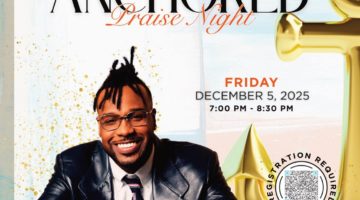

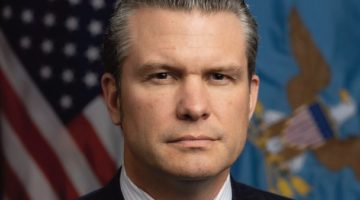
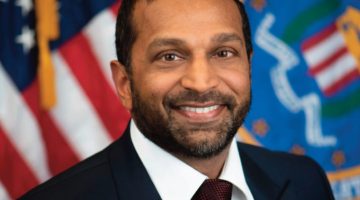
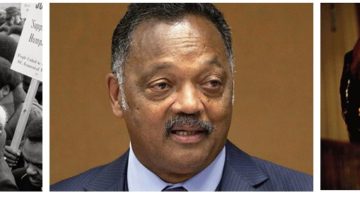




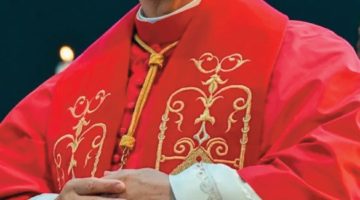

No Comment